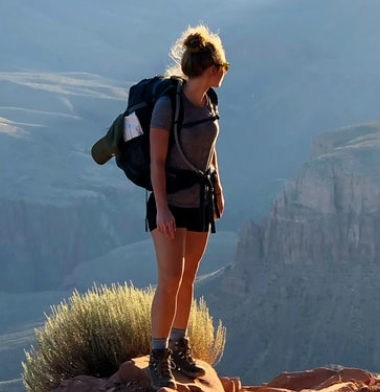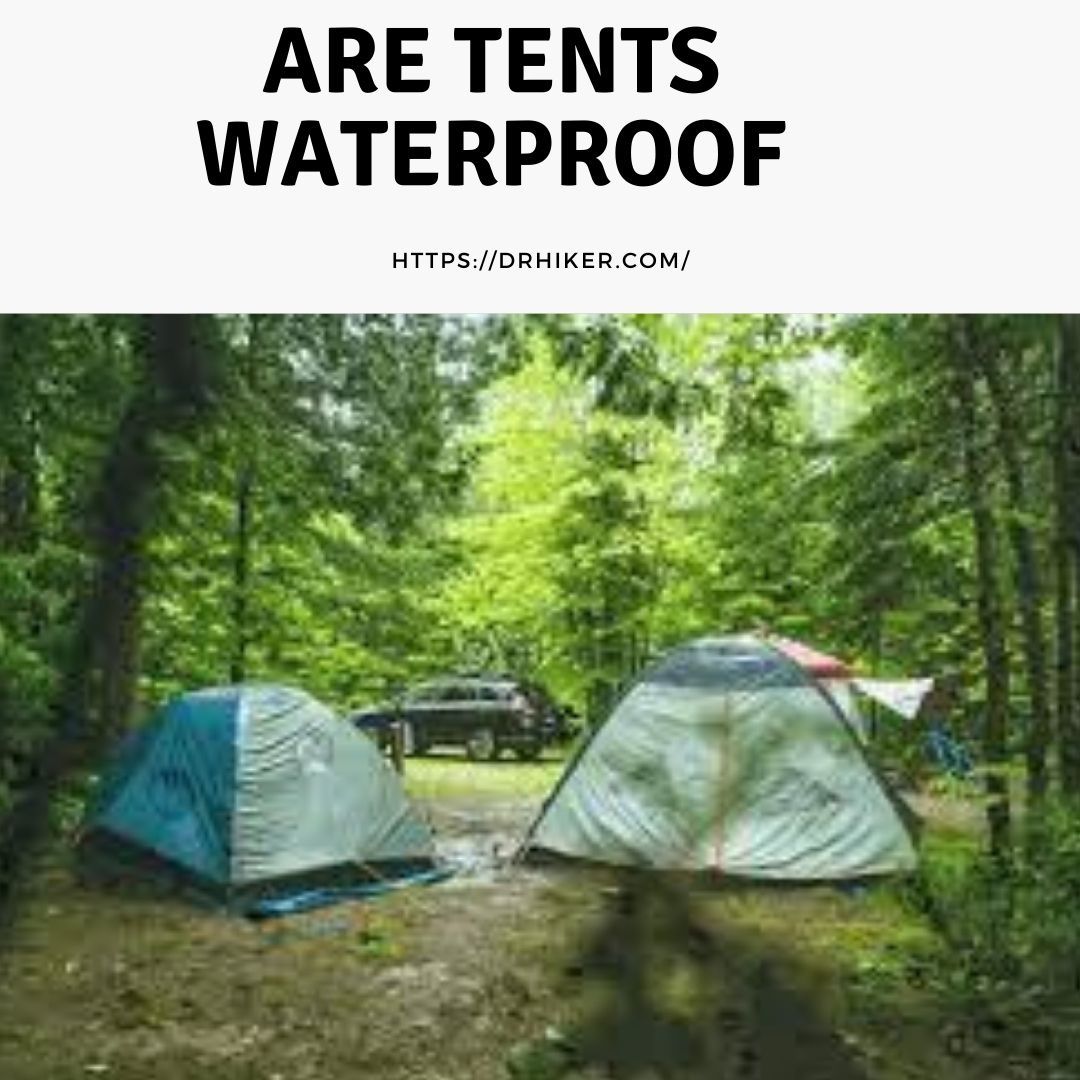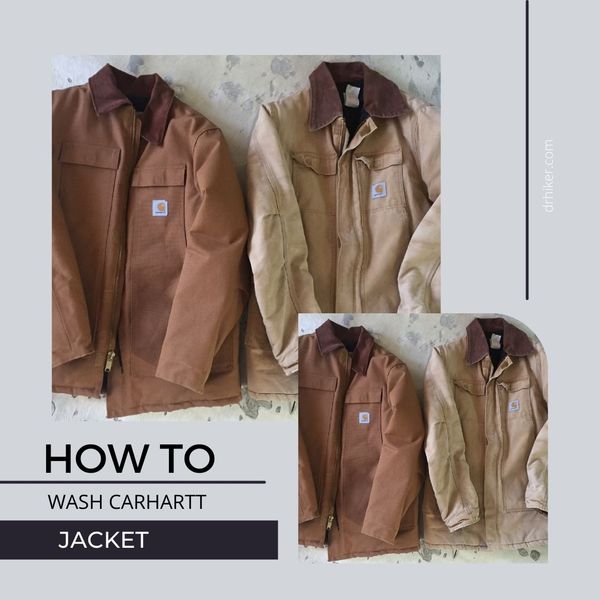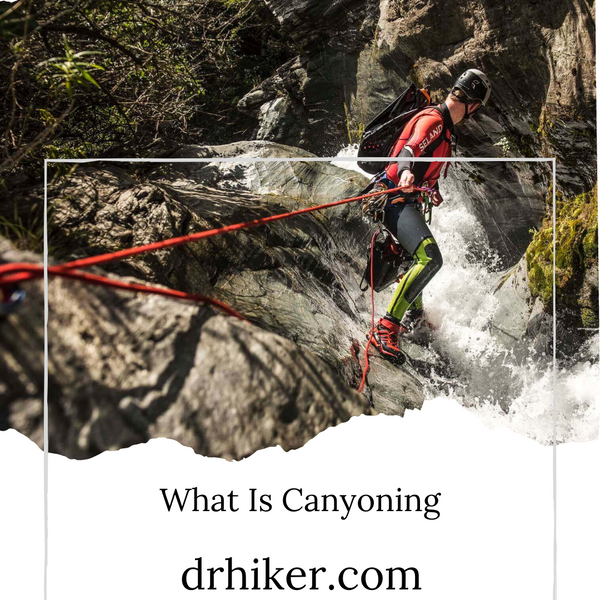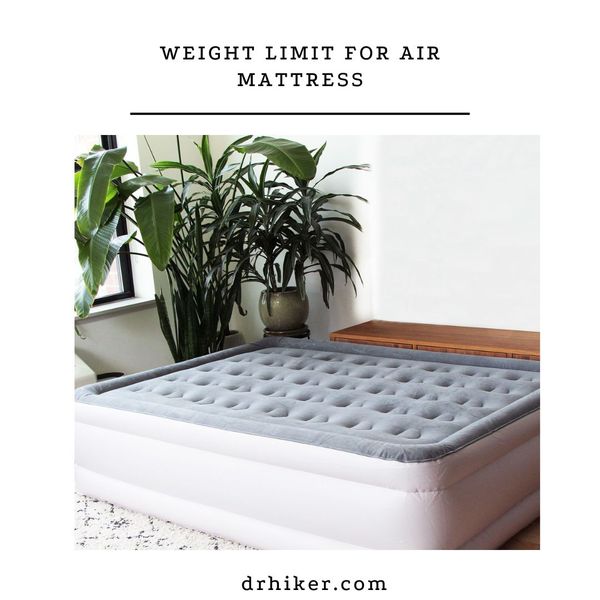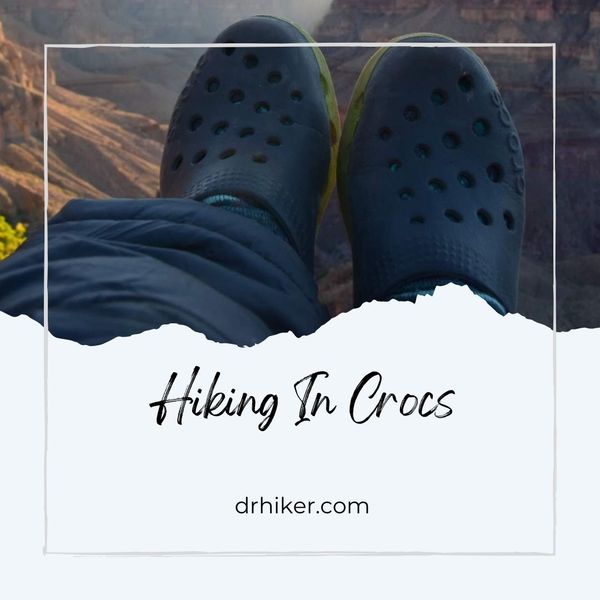A waterproof tent has many folds of polyurethane coating and looks taped, preventing water from moving inside. Tents’ waterproof capability depends upon the waterproof rating.
The answer is no, and all the tents are not waterproof.
But tents can resist the water at a high rate. They can reduce the water penetration into the tents. But the best life of the tents is 1 to 2 years after they begin to leak.
Qualities of waterproof tents:
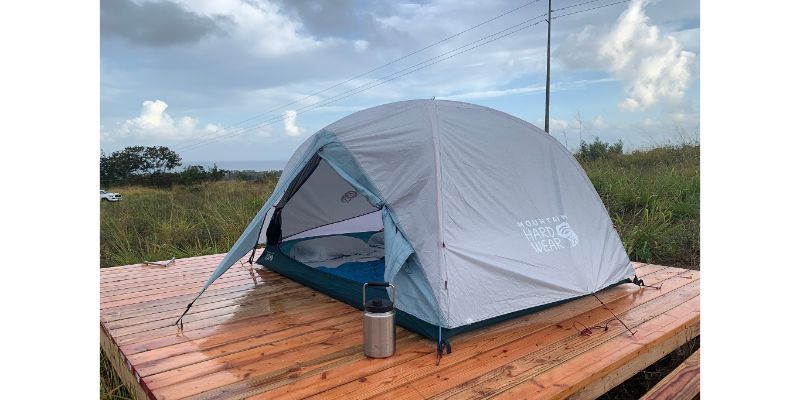
There are three qualities of waterproof tents elaborate as:
Water-resistant:
This is the first quality of the tent and provides high resistance to water penetration in the tent.
Water repellent:
It is the second quality of the tent, coated with an extra coating of water-repellent material on its exterior. It is the major cause of the water being outside and sliding over it. So the tents always have a label of DWR (durable water repellent) not only for the water-resistance but for extra absorption.
Waterproof:
It is the third quality check method for tents. It has the highest waterproof rate, but no one tent is 100% waterproof. But with the right choice of material and activeness, you can stay dry.
How can we know that the tent is waterproof?
We have to do many things to tell that the tent is waterproof. It’s not as easy a task as you are thinking. We have to check the coating, seams, and floor coating separately.
You can also watch this video:
And there are several steps to knowing that the tent is waterproof:
Way to measure the waterproof rating of the tent material:
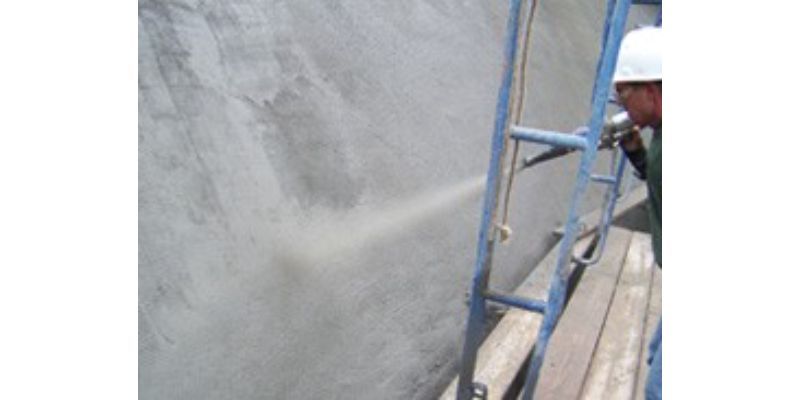
Take some of the products of tent material. You first find the rating, which we name the hydrostatic head. It measures how much water flow can be controlled by the tent floor and wall when it starts to seep inside the tent.
Here are some adequate expectations from the brand-new tent:
- 1000 – 1500mm fly rate tent is good for dry weather and the showery rain
- 1500- 3000mm fly rate can control the moderate pressure of the rain
- 3000+ fly rating can manage heavy rainfall and snow
- But as you know, it is a concept that a 1000mm fly rate tent is highly water absorbent, but it is not a reality tent with a 2000mm fly rate that can leak.
These water-resistant criteria are for the wall. The floor has a double rainfly; therefore, the floor is easily rubbed against the rough ground.
So the tent floor can easily bear the abrasion compared to the tent wall. And the rainwater pools below the floor. The waterproofness ability degrades as time passes.
To check the better quality of the waterproof fabric material:
Nowadays, tents are made of nylon and polyester and not canvas. Nylon and polyester are not good waterproofers. So the waterproof ability depends upon the coating material.
So most of the tents are coated with polyurethane, silicone, and many other durable water repellents.
Most waterproof tents are covered with a combination of these materials. Otherwise, they are coated with a single material in general.
Polyurethane coating tent:
Polyurethane tents are not good for use in sunlight for a long time. As its long-time exposure to ultraviolet radiation can damage it.
Silicon coating tent:
UV rays do not affect the silicon-coated tent. And these do not absorb water, so there are no chances of leaks. Silicon has no moisture absorption and no reaction with moisture, so it does not create a smell.
Most manufacturers coat the waterproof tent on one side with silicon and the other with Polyurethane material. Some of the tents are coated with silicon material on both sides.
Canvas Tents:
Canvas is a natural waterproofing material. You make it wet before its usage because its pore eliminates, and its waterproofing ability increases as the fabric is also breathable and naturally absorbent. We have reviewed a few best canvas tents available in the market. You may want to have a look.
Check the strength of different parts of the tents to measure their durability:
Tent seams:
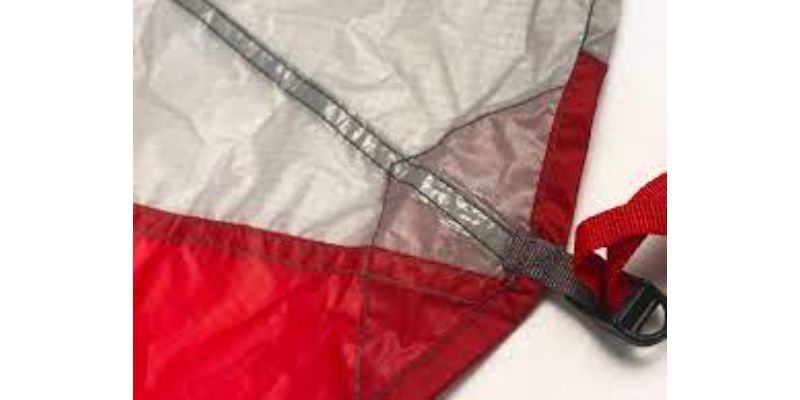
To check the complete waterproofness of the tent, check the seams because it has holes. You cannot cover the seams with the tap available in your home because it can no longer stick to the tent and will come off. So the manufacturer uses heat to melt it and fill the seam gaps. But some manufacturers tape only the critical or the top parts of the tent to save costs. But this taping is not fruitful because it comes off with time.
While the welded seam is more durable and is used for the tent floor, we have to fuse the two pieces of the fabric rather than sew and tap them.
Tent Base or floor:
A tent floor is too important because it ensures abrasion on the rough floor, and water also pools down the tent floor. So it must be thick at about 2000mm. The tent base thickness provides a benefit to its walls.
Coleman, the best quality of the tent:
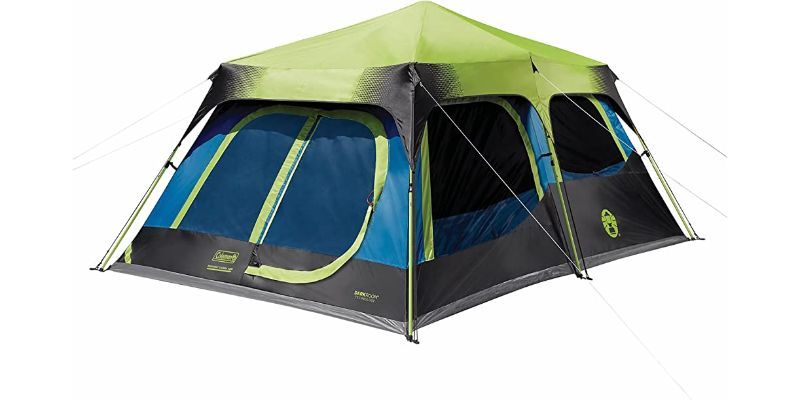
The best quality of the tents is Coleman because it has a covered, sealed, inverted, and welded seam, anti-wicking fiber thread, and a zip. It is the cheapest tent brand. It’s a good choice among the waterproof tents, but like every tent, it leaks in heavy rain. People have different opinions in light of their experience with the leakage of the tent.
But most have the same and common belief that it is good for slow rainfall but not heavy rain. But before you go on a trip, you must check the seam seal. The wall has the inverted seal, while the base or floor has the welded seal. And we use the anti-wicking, waterproof fiber thread, so there are fewer chances of remaining a gap in the tent.
Do All Tents Leak in heavy rainfall?
As you know a tent of 3000mm rating can easily endure normal rainfall, but you a check all the seals before you go on a trip. All the manufacturers briefly describe the rating.
Whereas the tent floor must be 5000+ mm, the rating can prove much better for heavy rainfall. It would help if you took a rainfly water tent covering the top and door to avoid water leakage. You can also use the zip door to control how much you want to open.
A single-wall tent is better, or a double-wall:
Like the double-wall tent, a single-wall tent is also a good waterproofer. But there are still more chances to become wet in single-wall Tents due to the fabric sagging and the moisture. In the double-wall tent, a rainfly covers the tent from top to bottom from the outside, whereas its inner wall provides ventilation.
In a single-wall tent, a single wall performs both functions. But the single-wall tent is breathable, while the double-wall tent does not offer this facility. Single-wall tents absorb more moisture so that condensation will occur. Most of the single-wall tent is made of nylon, a slow absorber of water with a light coating to make it lightweight. As you know, the single-wall tent is light, so it sags.

Steps to check any problem in the tent:
Steps to check whether the tents have any problems or not:
- Place your Tent in a light or airy place.
- Check the hole in the rainfly. Because a small hole will be worst in the heavy rain
- Check that all the seams are well taped and welded or that there is no single hole in it.
- Check the coating of the tent to see if there is any hole
- Also, check the zip of the tent.
- These are steps a person must adopt to make his tent fully waterproof before camping.
Most frequently asked questions:
Are the floor of the tent waterproof?
Yes, the tent floor is also waterproof. Tents floors are waterproof from inside and outside. So they have no water seeping inside the tent.
Have we any need of trap over the tent?
We can use the trap over the tent to give extra protection. It is not only used for insulation from the water but also for storage purposes.
Have you any need of sheets for the tent floor?
You do not need sheets for the tent floor because it already has better insulation from the floor. But you can use it to make the bed more comfortable.
How can you dry your tent fastly?
Open the windows to increase the ventilation if there is no rain. Start flipping the tent to dry it from each side. Use the fans to dry it fast. Wipe off the dirt and water from its surface.
Final Verdict
And this does not necessarily mean that a high-cost tent will be more waterproof than a cheap tent. It’s not a fact. The reality is this depends upon the rating, strength of the tent material, and the quality of the tent material. So before purchasing a waterproof tent, keep these steps in your mind. And check your tent carefully if this is an old one. Because a good check will always save you from a hurdle, and you will enjoy your trip.

